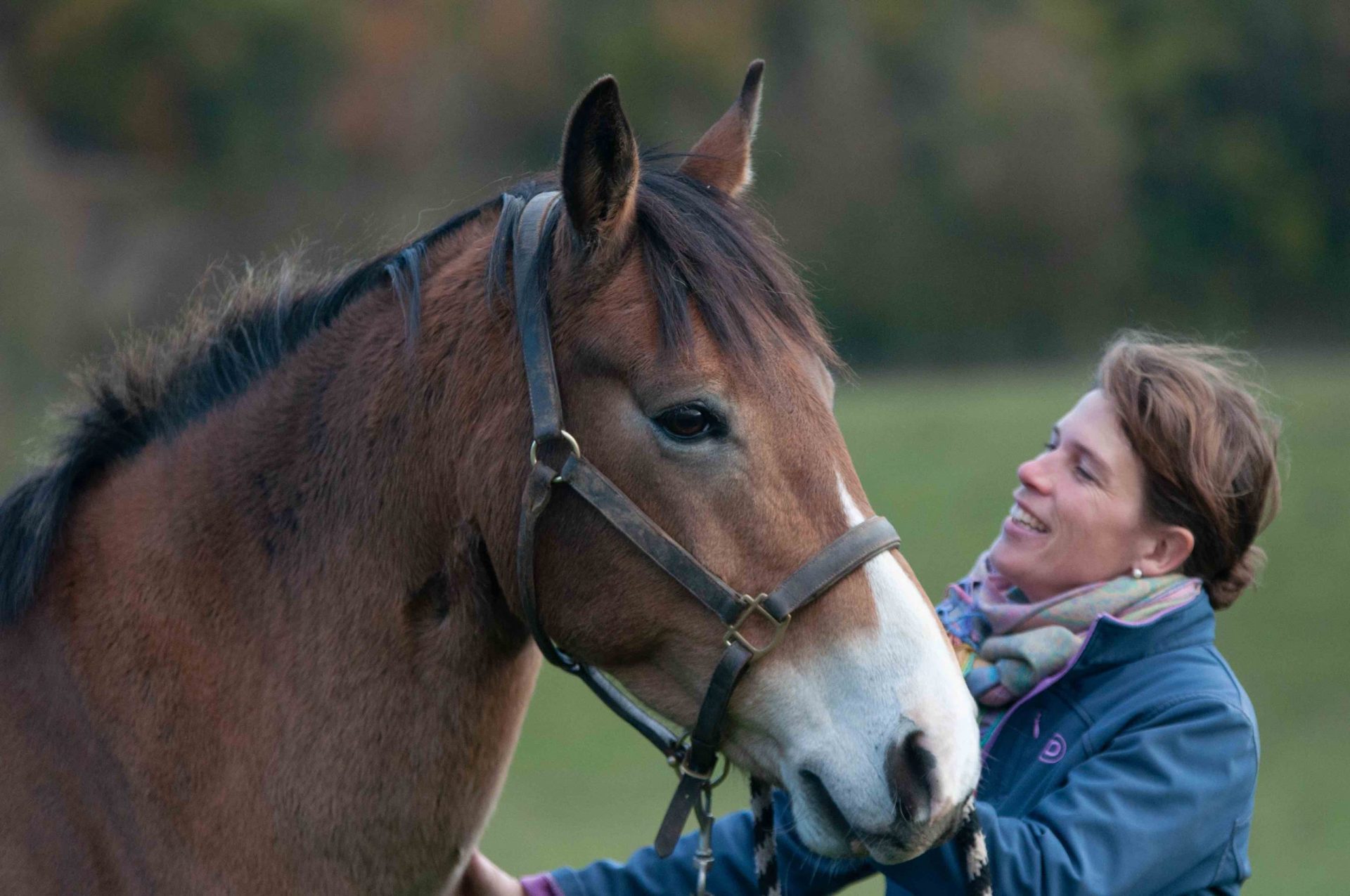Traditional Chinese Medicine for Animals
Traditional Chinese Medicine with an Acupuncturist
As an acupuncturist who practises Traditional Chinese Medicine for animals I will assess the whole horse and not just the diseased element. Consideration will be given to what initially caused the disease, why did it develop? It is therefore important for the first examination takes place with the animal in calm surroundings with minimal distractions. It is important that a conventional Western medical diagnosis has been obtained prior to the commencement of acupuncture treatment. For example, it is expected that an animal with pain in its front legs and no apparent lameness to develop back pains. In this case the back is the secondary issue. It is consequently necessary to treat the pain in the front legs whilst simultaneously treating the compensatory mechanism; the back. A conventional medical diagnosis is required to determine the cause of the lameness. A Traditional Chinese Medicine for animals diagnosis is performed supplementally. It is then possible to decide which form of treatment to follow or whether to combine the two.
Understanding your animals health
Health can be defined as the state of harmony of an animal with its internal and external environment. Health is complete physical, mental and social well-being and not merely
Chinese medicine postulates a structure of energy paths known as meridians which run through an animal’s body creating a network. There are twelve regular and eight extraordinary meridians. According to the traditional Chinese concept, a form of energy known as Qi flows through the meridians. Just as the water flow can change in a river bed, the flow of energy within the body is also subject to change. Energy obstructions within the meridian system can trigger pains which can manifest themselves as back pain, muscular tension, lameness, or in particular with horses; disobedience towards the rider.
How does Traditional Chinese Medicine Work?
Treating Animals for Lameness
Lameness whose cause and localisation cannot be established by conventional medicine can be successfully treated by acupuncture and chiropractic. However, any signs of lameness should be subject to an examination by a conventional veterinary surgeon and be treated accordingly. Acupuncture and chiropractic can be performed subsequently to restore physiological muscle and ligament functions and help in the rehabilitation after surgical treatment.

Find out more about Traditional Chinese Medicine
Traditional Chinese Medicine for Animals – Scientific Evidence
The International Veterinary Acupuncture Society (IVAS) say that clinical research on Acupuncture has been conducted presenting positive results in the treatment of animals and that the practice of acupuncture is increasing. It acknowledges that whilst acupuncture may not cure every condition evidence shows that it can work very well in many cases, especially if the animal is involved in athletic activities such and it can help to maintain top physical condition.
In western medical terms acupuncture can assist the body to heal itself by affecting certain physiological changes. For example, it can stimulate nerves, increase blood circulation, relieve muscle spasm and cause the release of hormones such as endorphins and cortisol.
The IVAS proposes that the American Medical Association considers veterinary acupuncture a valid modality within the practice of veterinary medicine and surgery.
Many biochemical and signalling pathways have been recognised as playing a direct role in how acupuncture accomplishes its clinical results but perhaps the most central pathway that acupuncture uses, one that helps clarify how it is effective in such a varied selection of clinical areas is that acupuncture has been confirmed to directly initiate a process called purinergic signalling, a primitive and ubiquitous system in the body using adenosine and ATP for signalling and regulation in all tissues and organ systems.
References:
(Verkhratsky A, Burnstock G. Biology of purinergic signalling: Its ancient evolutionary roots, its omnipresence and its multiple functional significance. Bioessays 2014;36:697–705. doi:10.1002/bies.201400024)
(Burnstock G. Purinergic signaling in acupuncture. Science 2014.
